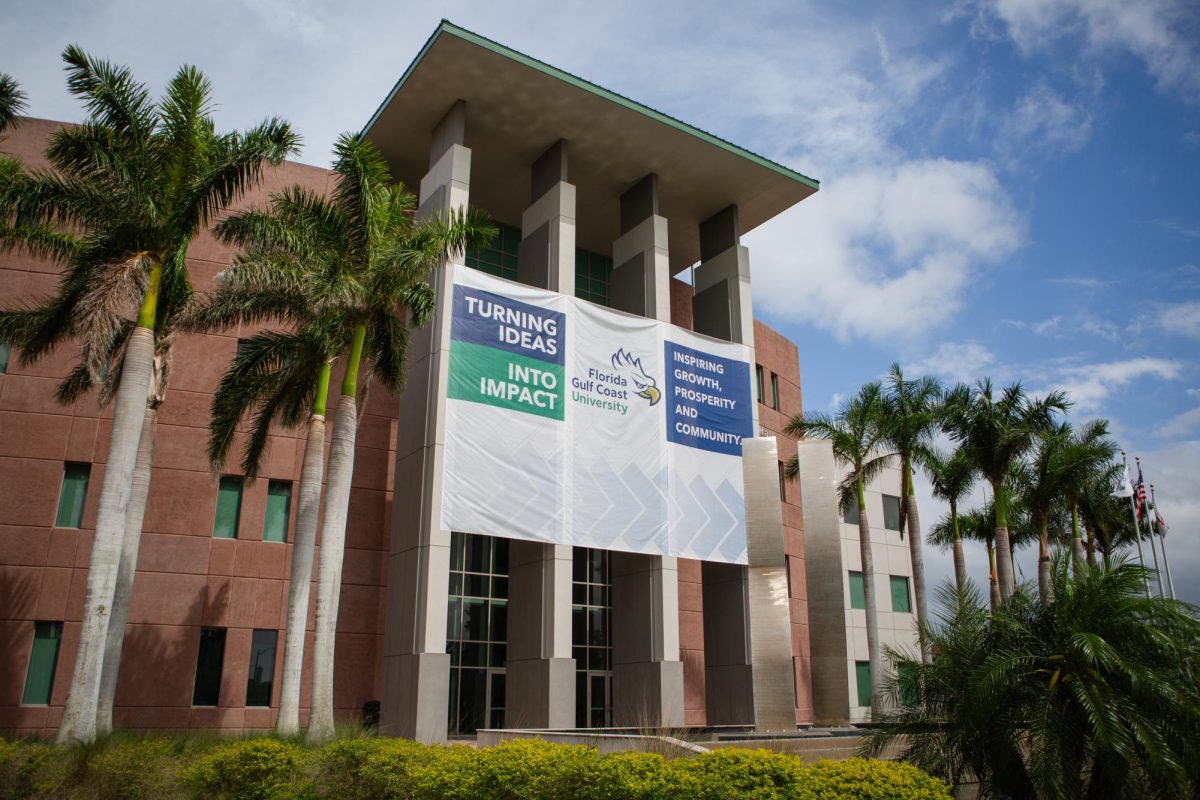What is a Thrift and Shift? As a popular means of encouraging accessibility, sustainability and community involvement, thrift and shift events have gained traction. Thrifting also promotes economic savings for individuals and families and encourages ethical consumption. By encouraging repurposing and innovative thinking, shift programs promote environmental sustainability by exchanging or donating unwanted things. Shift or swap events promote habits that decrease the negative ecological effects of excessive consumption by increasing product lifespans and eliminating waste. There are many pros and cons to thrifts and shifts similar to the ones that are held on campus. Housing usually puts on annual thrifts and shifts which do their best to mimic the ones done outside of campus.
Pros:
- Economic Benefits: Thrift and shift stores allow individuals to access essential items at more affordable prices. This is particularly valuable for low-income individuals and families who may struggle to afford new goods. These shops and campus events encourage saving money and help customers stretch their budgets further by providing gently used goods at reduced prices or for exchanges. Furthermore, buying used items allows customers to save money or allocate their expenditure to other important needs, which promotes overall financial stability.
- Environmental Benefits: Thrift and shift practices significantly reduce waste and promote sustainability. By extending the lifespan of products through reuse and upcycling, these initiatives help mitigate the environmental impact associated with manufacturing new items. Reusing goods reduces the demand for raw materials, energy consumption and greenhouse gas emissions typically generated during production. Moreover, by diverting items from landfills, thrift and shift practices contribute to waste reduction efforts and help preserve natural resources for future generations.
- Community Building: Thrift and shift stores and events serve as community hubs that foster social connections and solidarity among residents. These events frequently draw people who share their values, which include creativity, sustainability and inexpensive living, fostering communities where like-minded individuals may meet and work together. Beyond mere transactions, thrift stores and book swaps facilitate meaningful exchanges, where people can share stories, advice and experiences. This sense of community enhances social cohesion and encourages collective action towards shared goals, such as promoting sustainable living practices or supporting local charitable causes.
Cons:
- Quality concerns: While thrift and shift events offer affordability, the quality of items may vary, raising concerns about durability and reliability. Given that these goods are pre-owned, there is a risk of purchasing items that are damaged, worn out, or in need of repair. Consequently, consumers may experience dissatisfaction or incur additional expenses to rectify issues with their purchases. The inconsistency in quality could deter some individuals from patronizing thrift stores, preferring the assurance of new, higher-quality products.
- Unsustainability of constant consumption: While thrift and shift practices promote resourcefulness and conscious consumption, they do not address the underlying culture of overconsumption prevalent in modern societies. Despite the environmental benefits of reusing goods, the continual cycle of purchasing, discarding and replacing items perpetuates unsustainable consumption patterns. Thrift stores and book swaps may inadvertently contribute to this cycle by providing an outlet for individuals to acquire goods at minimal cost, thereby perpetuating the demand for new purchases. Reducing consumption through thrift and shifts may not be enough to meet long-term sustainability goals if the root cause of overconsumption is not addressed.
The adoption of thrift and shift practices presents a promising avenue for addressing both economic and environmental challenges. By promoting affordability, sustainability, and community engagement, these initiatives offer tangible benefits to individuals on and off campus. However, it is essential to acknowledge and address the concerns surrounding quality assurance and the larger topic of consumption. To maximize the potential of thrift and shift events, joint efforts are needed to raise awareness of consumption, improve product standards, and foster a more conscious approach to consumption. By striving towards a balance between thriftiness and sustainability, we can harness the transformative power of thrift and shift practices to create a more transformative and environmentally conscious future.














































